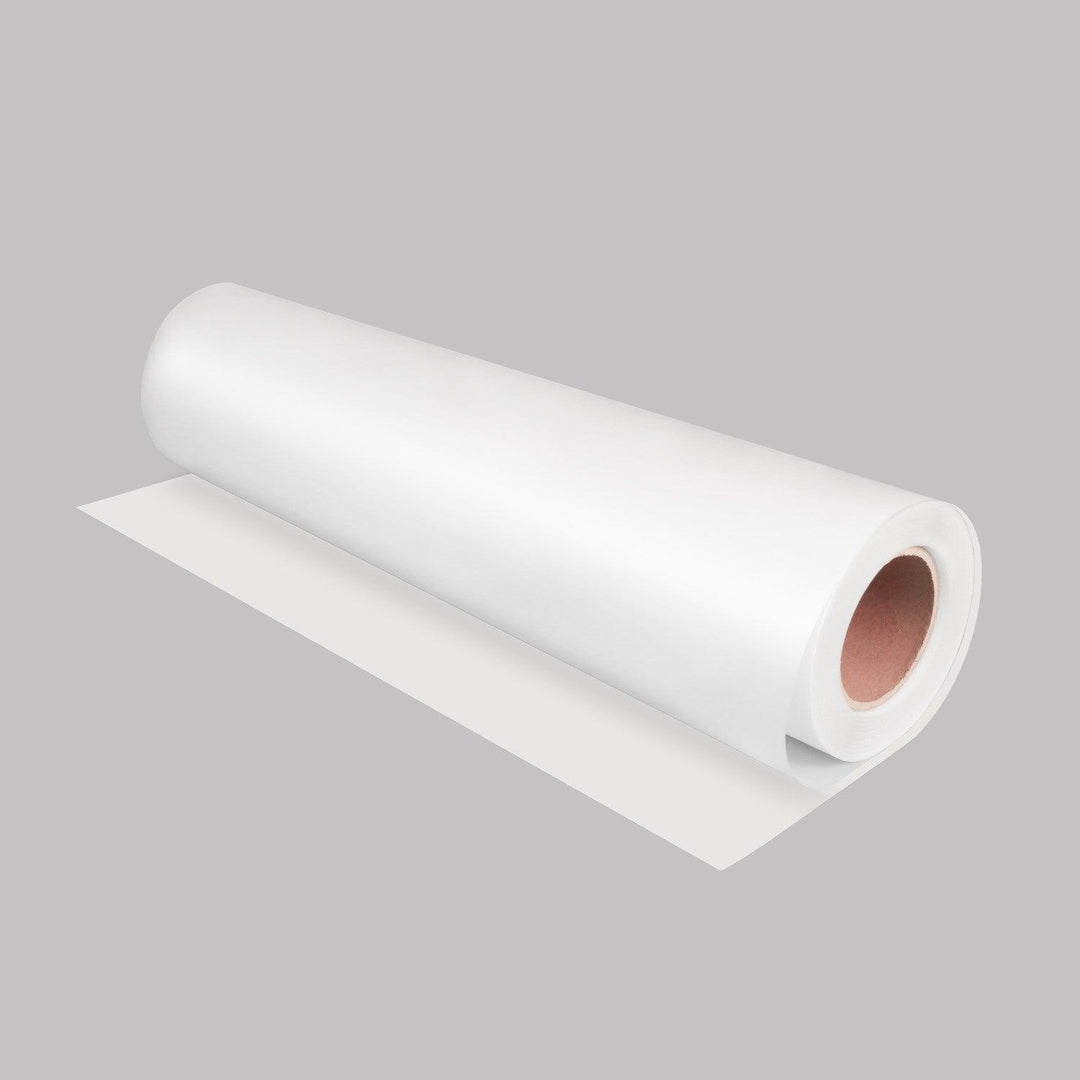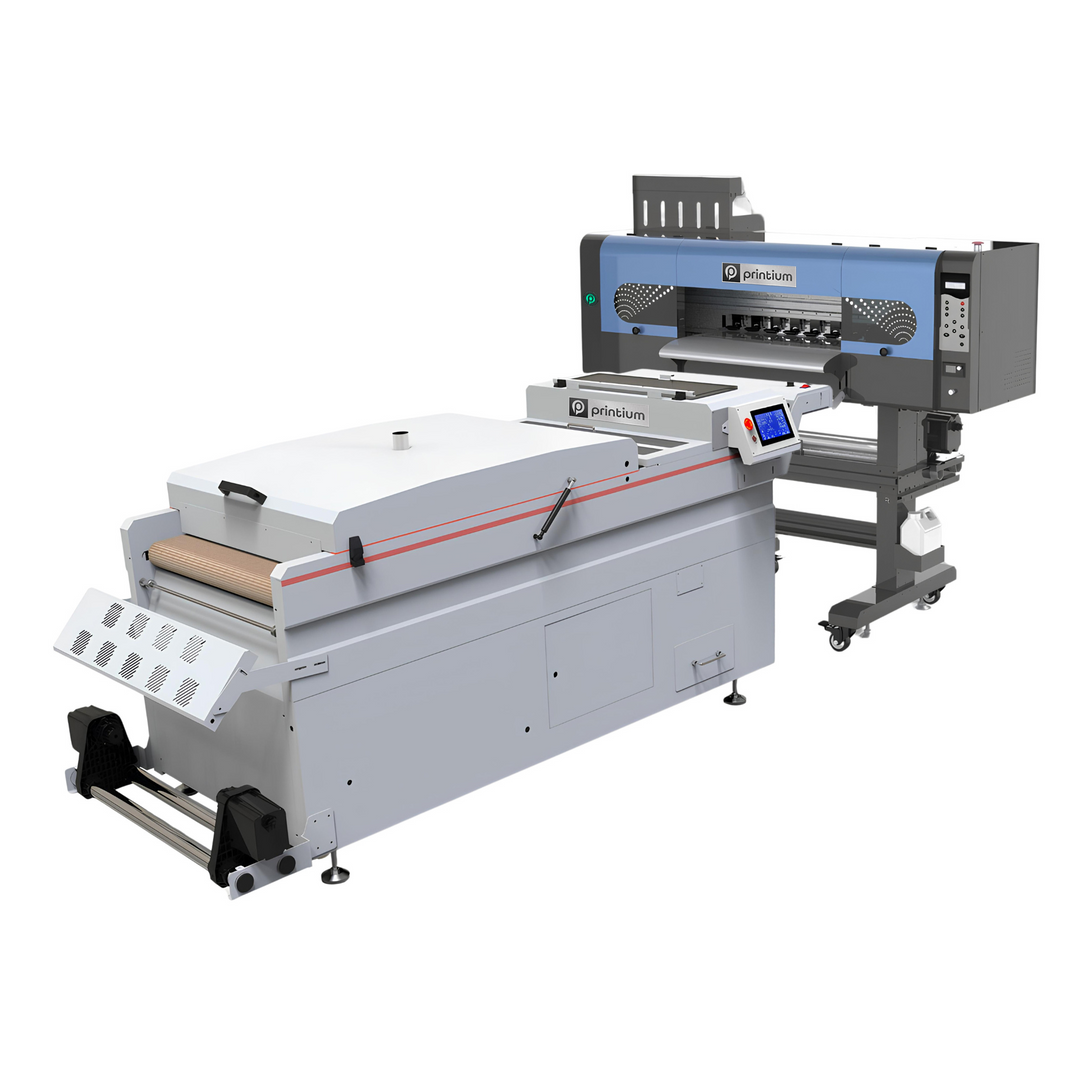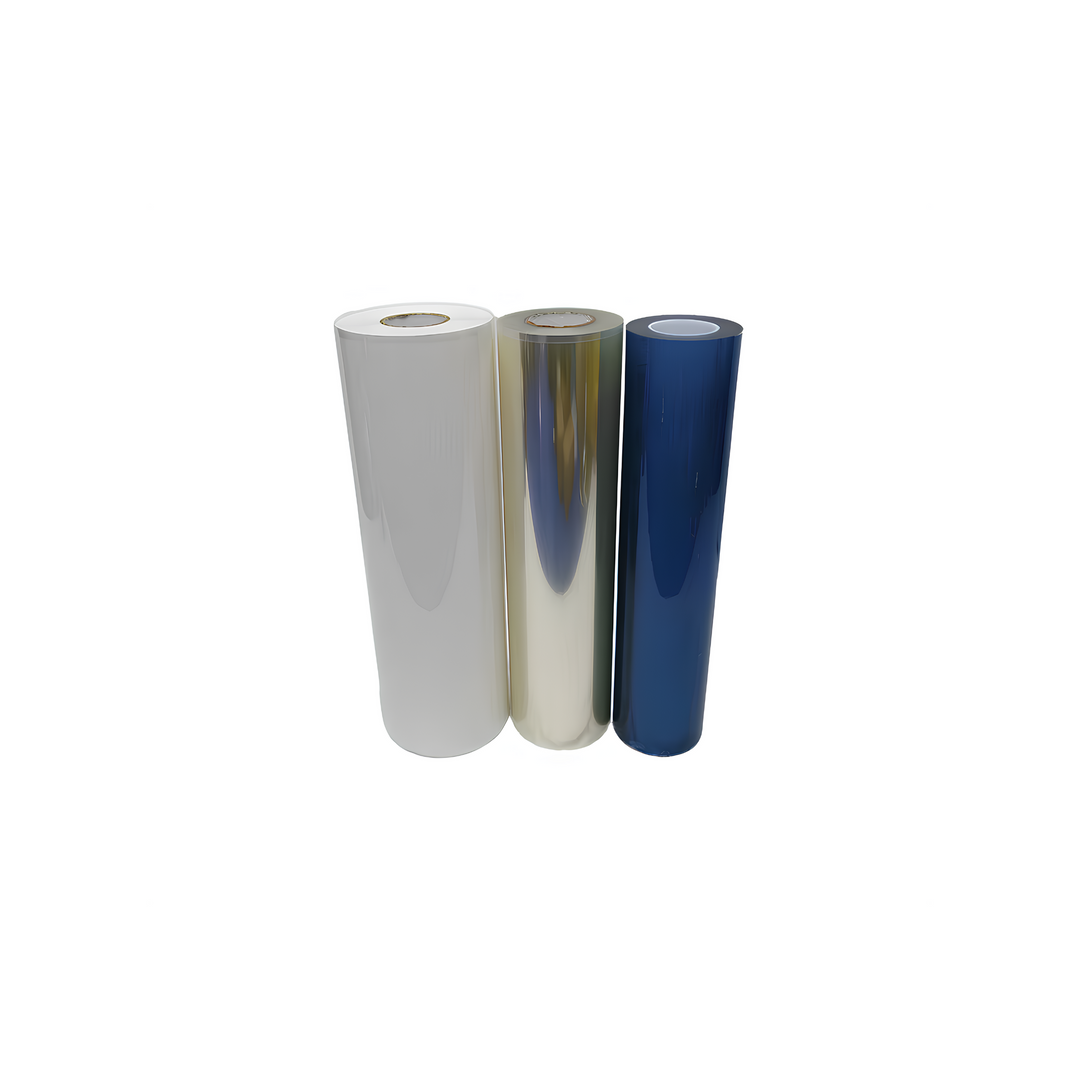🏆 Best DTF Transfer Film: What to Look for and Top Recommendations
When it comes to Direct to Film (DTF) printing, the quality of your transfer film plays a major role in the final result. Whether you're a beginner or a seasoned print shop owner, choosing the best DTF transfer film ensures sharp designs, smooth application, and long-lasting prints.
🎯 What Makes a DTF Transfer Film the Best?
To get consistent, professional-quality results, your transfer film should have:
-
✅ Matte or cold-peel coating for easy release
-
✅ Anti-static and anti-smudge surface for sharp prints
-
✅ Uniform thickness to ensure even powder adhesion
-
✅ Compatible with all major DTF printers and inks
-
✅ Fast drying time and excellent ink absorption
🔍 Key Features to Consider
-
Peel Type (Cold or Hot)
Cold-peel films are preferred for more vibrant and stable prints. Hot-peel films save time but may require careful handling. -
Transparency
Semi-clear films help align designs precisely during application. -
Durability
High-quality film resists curling, warping, or static issues. -
Thickness & Coating
Premium films often feature double-side coatings for anti-slip loading and enhanced ink performance.
🏅 Top Recommendations (Generic – Not Brand-Specific)
-
Premium Cold Peel Matte Film
Offers smooth release and high-resolution finish. Great for detailed designs. -
Hybrid Hot & Cold Peel Film
Perfect for users who want flexibility in their workflow. -
Eco-Friendly PET Film
Durable, recyclable material with excellent ink absorption.
🧼 Pro Tip: Store it Right
Keep your film in a cool, dry place away from direct sunlight. Humidity and dust can ruin the coating and reduce the film's print performance.
📌 Conclusion
Investing in the best DTF transfer film makes all the difference in your production quality and efficiency. It ensures your colors pop, your designs last, and your customers are satisfied. Don’t cut corners—high-quality film means high-quality results.
❓ Frequently Asked Questions
What should I look for when choosing high-quality film for garment printing?
When selecting the right material for your printing needs, focus on factors like coating consistency, ink absorption, peel performance, and print clarity. Films with anti-static backing and smooth surfaces typically yield better color accuracy and detail. A matte finish also helps prevent smudging and ghosting during transfer.
Are all film types suitable for any printer and heat press setup?
Not necessarily. Some printers require films with specific thicknesses or coatings to ensure proper feeding and ink curing. Similarly, your heat press settings—temperature, pressure, and peeling method—must match the characteristics of the film. Always refer to the product’s compatibility chart or consult with the supplier before purchasing.
What is the difference between cold peel and hot peel film types?
Cold peel films must cool down before the carrier is removed, which usually results in sharper, more durable prints. Hot peel films can be peeled off immediately after pressing, saving time in production. However, they may be more sensitive to temperature and pressure settings, requiring more precision during the transfer process.
How can I prevent issues like curling or poor adhesion with printed films?
Proper storage is essential. Keep the material flat in its original packaging, away from humidity and direct light. Also, avoid touching the coated side with bare hands, as oils from your skin can affect the bonding surface. Before each print session, make sure your printer and press are clean and properly calibrated.
Can I test the film before placing a large order?
Yes, most reputable suppliers offer sample packs or small-quantity orders so you can assess the print quality, wash durability, and ease of application. This is highly recommended if you're switching to a new material or brand, as even minor coating differences can impact results.






